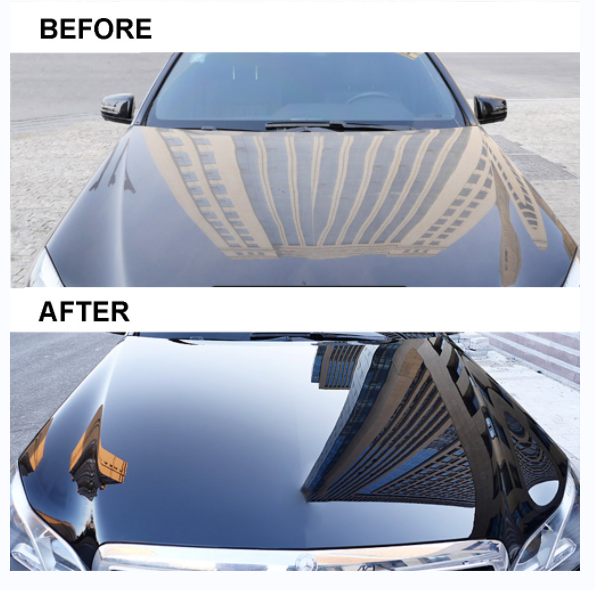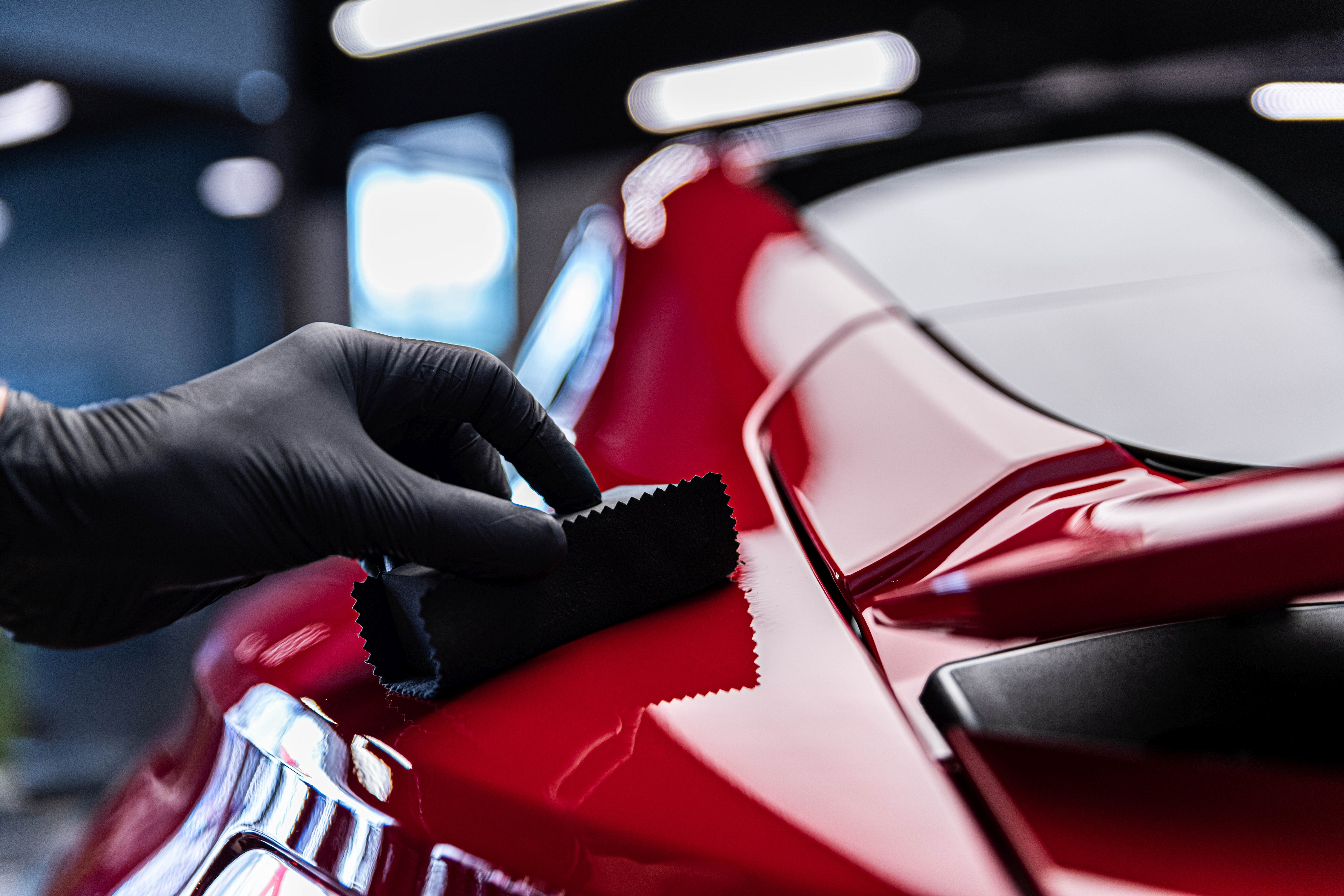A Comprehensive Overview to the Kinds Of Ceramic Coating on the Market
Ceramic coverings have become an essential remedy across different markets because of their distinct residential or commercial properties and applications. From silica-based formulations known for their robustness to hybrid choices that merge multiple benefits, the choices offered can be frustrating. Recognizing the nuances of each type, including their details benefits and suitable use situations, is crucial for making informed choices. As we explore the distinct characteristics and applications of these coverings, the ramifications for performance and longevity become significantly noticeable, questioning concerning which kind could best fit your demands.
Comprehending Ceramic Coatings
Ceramic coatings are advanced protective remedies that have obtained appeal in different markets, specifically in automobile and aerospace applications. These finishes include a fluid polymer that, when treated, creates a long lasting, hydrophobic layer externally of the substratum. This layer offers boosted resistance to environmental pollutants, UV radiation, and chemical exposure, therefore extending the life and aesthetic allure of the underlying material.
The fundamental component of ceramic finishes is silica, which contributes to their solidity and sturdiness. The application process normally entails surface area prep work, application of the covering, and healing, which can be accomplished with warm or UV light. When treated, ceramic finishes show remarkable bonding residential properties, enabling them to adhere highly to a variety of surfaces, consisting of metals, plastics, and glass.
Along with their safety features, ceramic coverings likewise offer ease of maintenance. Their hydrophobic nature reduces the adherence of dirt and gunk, making cleansing less complex and less frequent. On the whole, the fostering of ceramic layers stands for a significant development in surface defense modern technology, offering both useful and visual benefits throughout multiple markets.
Kinds Of Ceramic Coatings
Various kinds of ceramic finishings are readily available, each created to meet particular efficiency needs and applications - Paint Protection Film. The most usual kinds consist of:
Silica-based Coatings: These coatings primarily contain silicon dioxide and are understood for their resilience and chemical resistance. They are extensively utilized in vehicle and commercial applications.
Titanium Dioxide Coatings: Popular for their photocatalytic buildings, titanium dioxide coverings are typically applied in environments where self-cleaning and antifungal homes are desirable, such as in building products and automobile coatings.
Zirconia Coatings: Defined by their high-temperature security and thermal resistance, zirconia coatings are used in applications such as wind turbine engines and high-performance auto elements.
Alumina Coatings: Showing exceptional firmness and thermal security, alumina finishings are frequently made use of in wear-resistant applications, consisting of cutting devices and industrial equipment. - ceramic coating sarasota
Hybrid Coatings: Incorporating the buildings of numerous products, crossbreed layers use improved efficiency attributes, making them ideal for special and requiring applications.
Each kind of ceramic finishing offers distinctive purposes, enabling Extra resources individuals to pick one of the most suitable service based on certain ecological conditions and efficiency needs.
Benefits of Ceramic Coatings
Ceramic finishes, in certain, deal numerous benefits that make them progressively popular amongst suppliers and consumers alike. These finishes are immune to scrapes, chemicals, and UV rays, guaranteeing that the underlying surface remains safeguarded over time.
Along with toughness, ceramic layers give excellent hydrophobic residential or commercial properties, enabling simple cleansing and upkeep. This water-repellent nature decreases the adherence of dirt, crud, and various other pollutants, which can her explanation lengthen the aesthetic charm and performance of the surface. Ceramic layers can substantially enhance thermal resistance, making them perfect for applications that withstand high temperature levels.

Application Process
When using ceramic finishings, a careful technique is necessary to achieve optimal results. The application procedure commonly starts with comprehensive surface prep work. This includes washing, sanitizing, and brightening the surface to remove all pollutants, including dust, grease, and prior waxes or sealants. A tidy surface area ensures correct adhesion of the finishing.
As soon as the surface is prepped, the next step is to apply the ceramic finish. This can be done making use of an applicator pad or a microfiber fabric, making sure even insurance coverage. It is important to function in little areas to maintain control and prevent premature healing. The layer must be used in slim layers, as thicker applications can lead to irregular coatings.
After application, the layer calls for a certain treating time, commonly ranging from a few hours to a full day, depending on the product. During this time around, it is vital to avoid exposure to wetness or contaminants. Finally, a gentle buffing might be required after treating to improve the gloss and eliminate any kind of high places. Complying with these actions faithfully will optimize the effectiveness and longevity of the ceramic covering, supplying a sturdy protective layer for the surface.
Upkeep and Long Life
To guarantee the long life and efficiency of a ceramic coating, normal upkeep is crucial. Ceramic finishings, known for their sturdiness and safety qualities, call for certain treatment regimens to optimize their a fantastic read life expectancy and performance.
Along with normal cleaning, regular assessments are crucial. Try to find signs of wear or damages, such as hydrophobic residential or commercial properties lessening or surface imperfections. If necessary, a light polish might be put on rejuvenate the covering without removing it away.
Additionally, the application of a booster spray can boost the finishing's hydrophobic effects and recover its gloss. This is particularly helpful for coatings that have actually remained in use for an extensive period. Ultimately, by adhering to these upkeep techniques, one can significantly extend the life of a ceramic layer, ensuring that it remains to supply optimal security versus ecological variables and keep the visual appeal of the lorry.
Final thought
